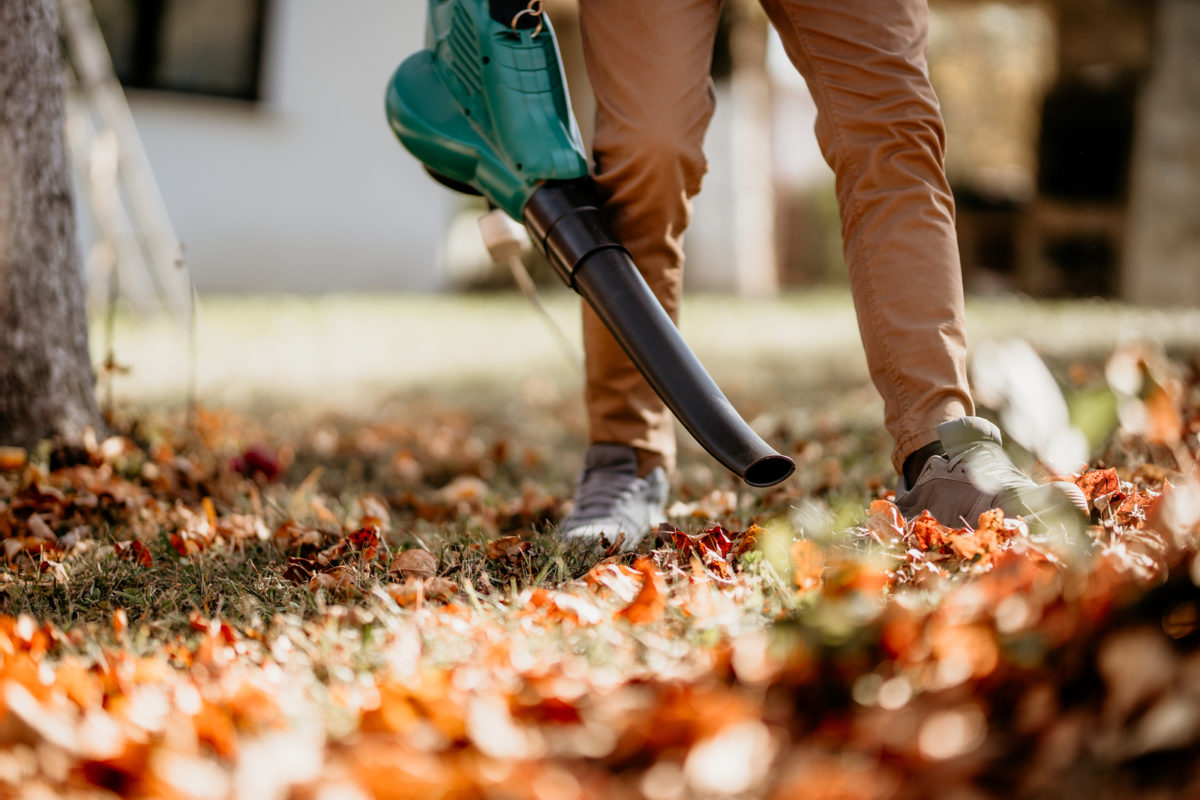From $45 to $200 per hour. That’s what you’ll pay, on average, to hire a plumber, according to HomeAdvisor.com’s True Cost Guide. But, that’s for small tasks, such as faucet, toilet or sink repair.
Need a water heater installed? That will run you around $1,000, on average, nationwide.
Not all plumbers are alike, with the same amount of experience and the same skills. Assuming they are is probably the most common mistake consumers make.
Let’s take a look at five additional mistakes that homeowners commonly make when hiring a plumber.
1. Choosing “cheap” over qualified
Go to any local social media platform, such as Facebook neighborhood groups and NextDoor, or sites such as Craigslist.org and you’ll find lots of people offering their services for a variety of home repair and maintenance tasks.
Group members often offer referrals. Far too often, however, the person seeking the referral is looking for the lowest price, not the most qualified contractor. Inevitably, this same neighbor will be back posting a month later, bemoaning the horrible job that was done.
Yes, it’s always smart to save money. But, remember, you truly do get what you pay for. When the job is something important to your family’s comfort and safety, such as many plumbing tasks, hire a professional plumber.
2. Not ensuring the plumber is licensed
Some states require that plumbers be licensed, while others require registration with the state. You can find each state’s requirements at HomeAdvisor.com.
A license is proof that the plumber has passed an exam that tests his or her knowledge. Always ask if the plumber is licensed and ask to see the license.
Also ensure that the business the plumber works for is licensed.
3. Not inquiring about bonding and insurance
Ask the plumber you are interviewing if he or she carries general liability insurance. This insurance covers any damage caused as a result of the plumber’s work.
Then inquire about bonding. A bond guarantees financial protection against a number of issues, such as work that doesn’t meet local codes or an incomplete job. Ask for written proof of the bond.
Finally, if the plumber works for someone else, ask if his or her employer carries worker’s compensation insurance. This insurance pays for injuries incurred during the time the plumber is working in your home.
4. It’s a huge mistake to not ask for references
When a friend, colleague or neighbor recommends a plumber, do yourself a favor and do some additional checking.
Go to the plumber’s website to find reviews. If you can’t find any there, check Yelp.com. Then, ask the plumber for the names and phone numbers of his or her last three clients. Call each one for a review of the plumber’s work.
Finally, check to see if the plumber is rated at the Better Business Bureau and whether any complaints have been filed against the plumber and/or the business.
5. Not getting the agreement in writing
Ask that all the details of the job, the agreed upon time for completion and the price be put in writing, signed by the owner of the plumbing company.
While this agreement will keep the plumber on task, it will also protect you in the event something doesn’t occur as agreed or there is another problem.
Ensure that their refund policy is clearly outlined in the agreement.
Like those in most industries, honest, ethical plumbers suffer from those among them who are unscrupulous, dishonest and who perform substandard work.
Avoid going the “cheap” route and hire a professional.



















